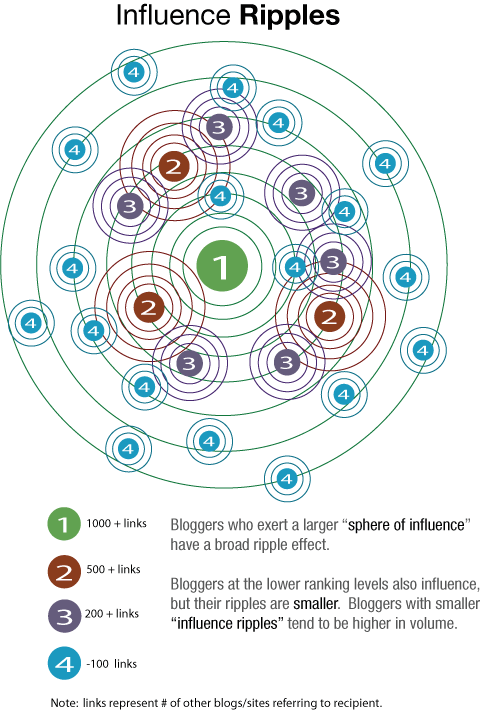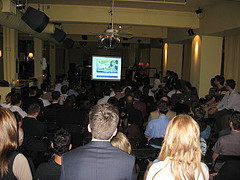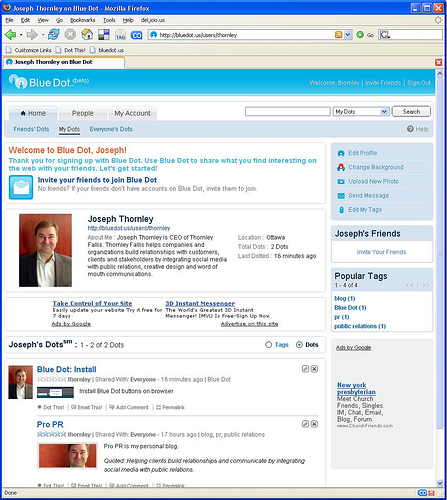HP’s Eric Kintz has posted a case study blogging viral marketing effects that is a must-read for anyone interested in understanding social media.
Eric based his case study on an earlier post regarding the importance of posting frequency. Eric’s post on his belief that blog posting frequency doesn’t matter anymore was referenced on other blogs close to 150 times (make this more than 150 times) and continues to be linked to more than four months later. (Darn, I’ve just done it again!)
Eric points to other factors that contribute to viral success, including strong content that was relevant to the blogging community, early links from level one influencers, tie-ins to blogging micro-communities, pick-up by mainstream media and newsletters, and localization/translation into other languages.

In an earlier post on the dynamics of viral marketing, Eric stated that, “Viral marketing does not spread well. In epidemics, high connectors are very critical nodes of the network and allow the virus to spread. In recommendations networks, a few very large cascades exist but most recommendation chains terminate after just a few steps.”
He finds support for this in the case study of his own post. “In this specific case, the post did not get linked to by more than 3-4 blogs in specific communities. This reinforces the well known rule to reach early on level 1 influencers, i.e. bloggers with more than 1000 links according to my blogging friend David.”
But it’s not just all A listers/Level 1 bloggers. Kintz was surprised to see his post picked up in an unexpected place. “Connectors are absolutely essential to spreading word of mouth, but they should not necessarily be confused with so called “A-listers”. The rapid scaling of the blogosphere with a doubling in size every 6 months (see my post on this growth) has triggered the development of micro communities around very specialized topics. Word of mouth can spread by connecting to the connectors in those micro communities. My biggest surprise has been to see this post spread through word of mouth among Christian church bloggers and Washington political blogs.”
Eric’s post is well worth tagging and sharing.
Thanks to KD Paine for pointing to Eric’s post.
 Hot on the heels of successful CaseCamps in Toronto, Montreal and Vancouver, the first CaseCamp in Ottawa has been scheduled for November 6.
Hot on the heels of successful CaseCamps in Toronto, Montreal and Vancouver, the first CaseCamp in Ottawa has been scheduled for November 6. CaseCamp is the brainchild of Eli Singer. The driving force behind the Ottawa CaseCamp is Peter Childs.
CaseCamp is the brainchild of Eli Singer. The driving force behind the Ottawa CaseCamp is Peter Childs.


